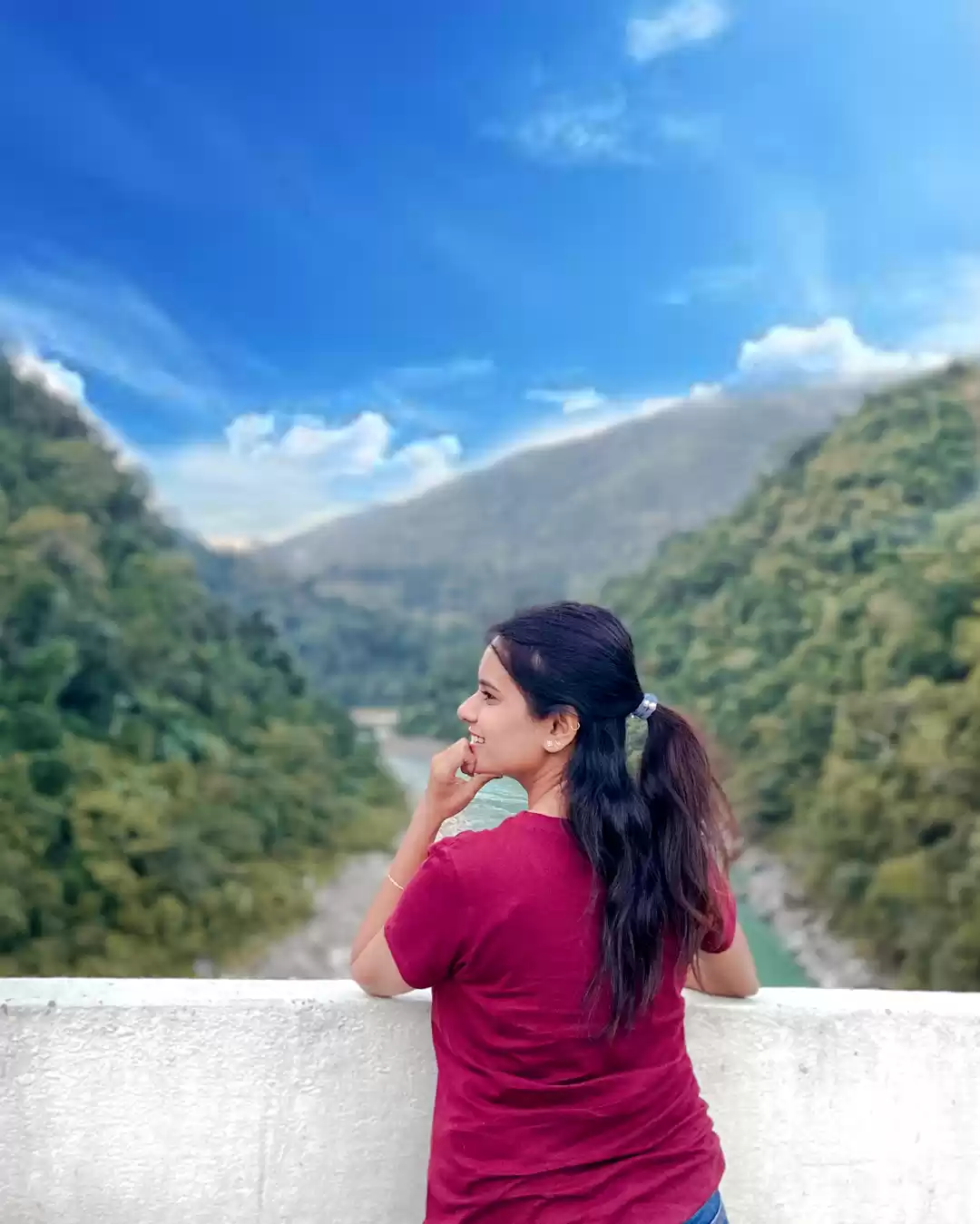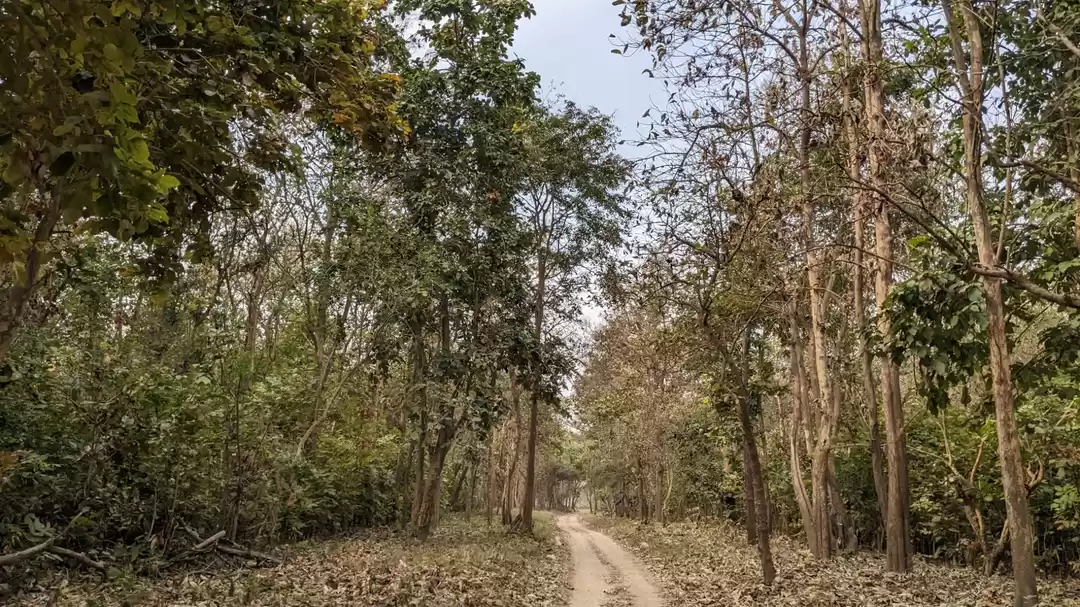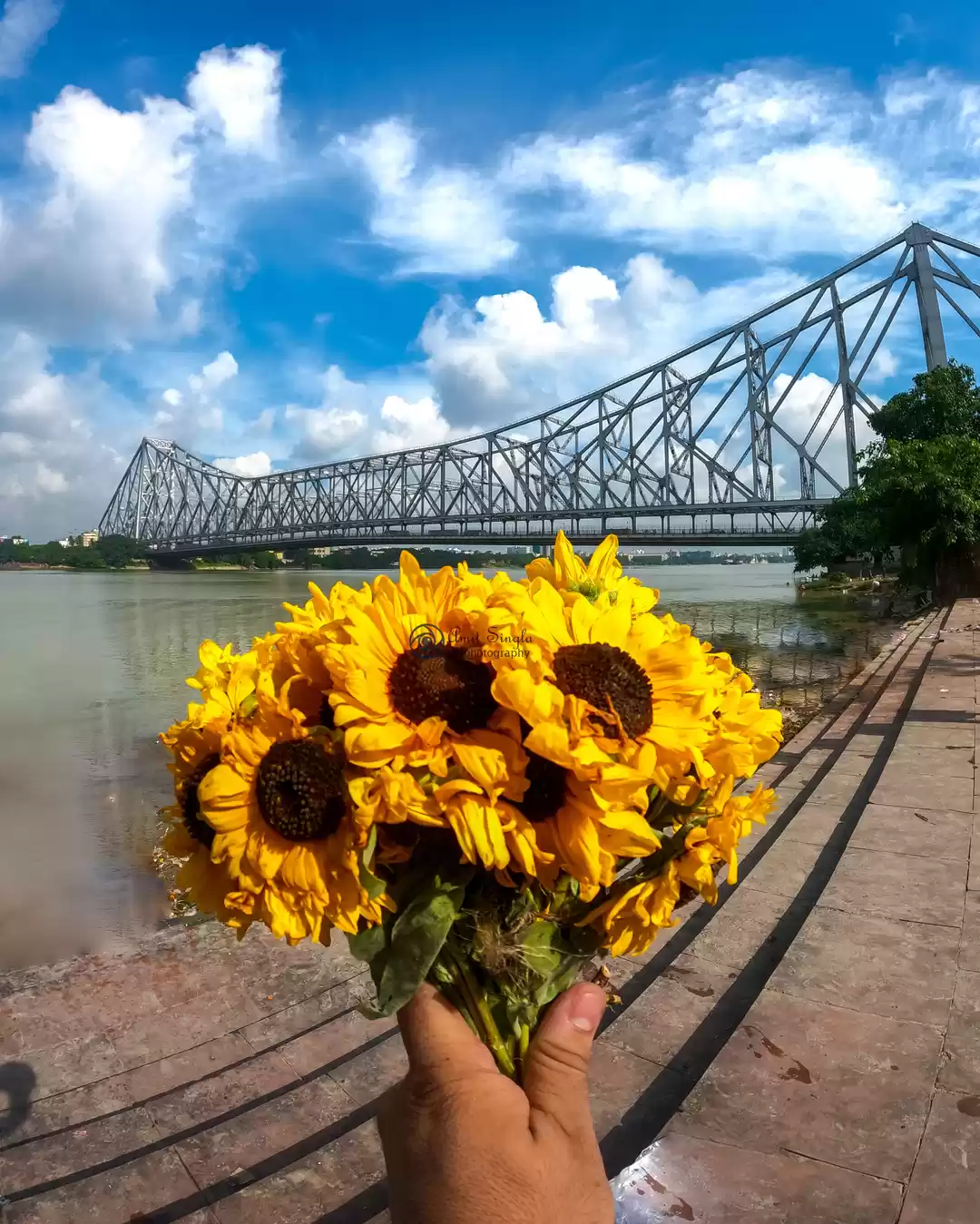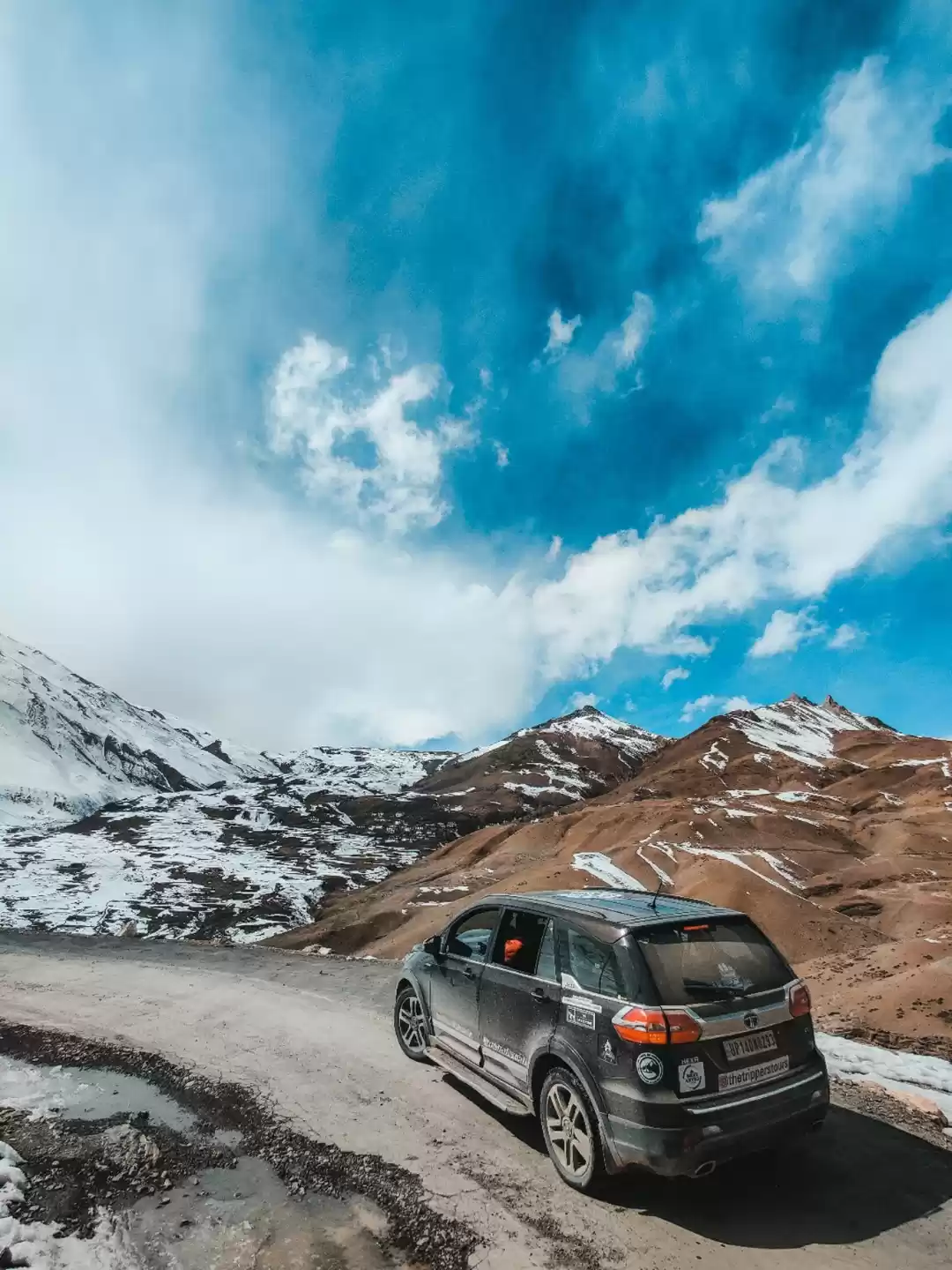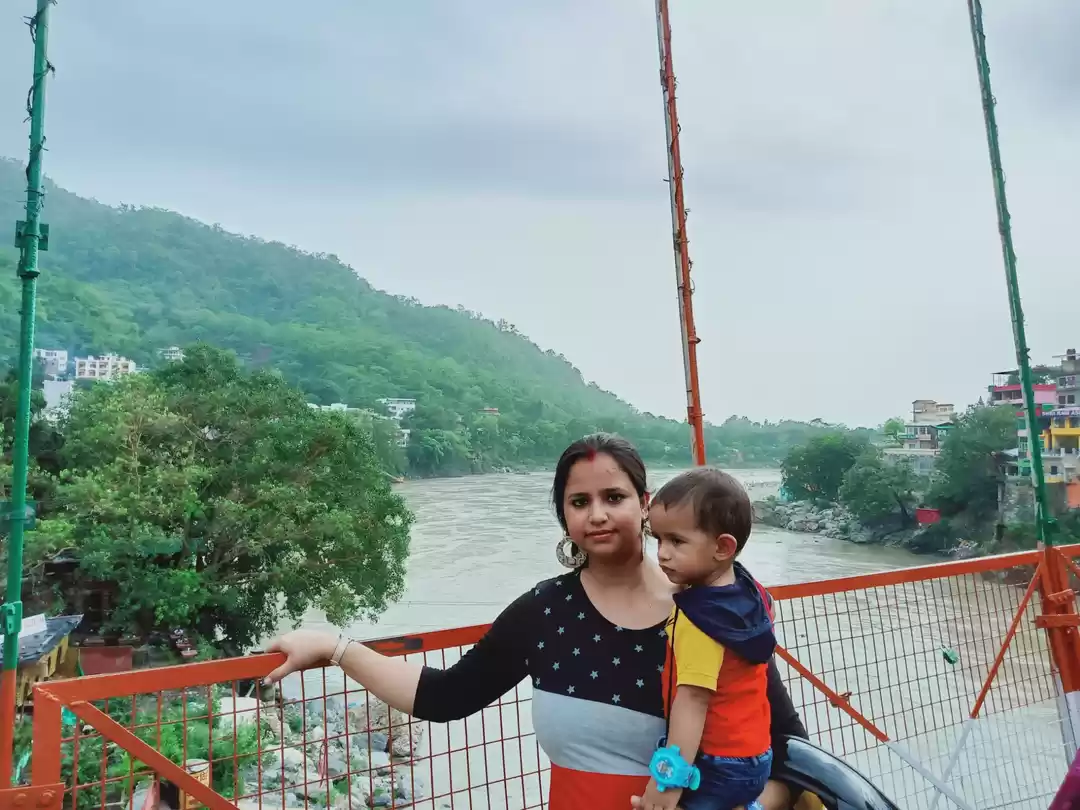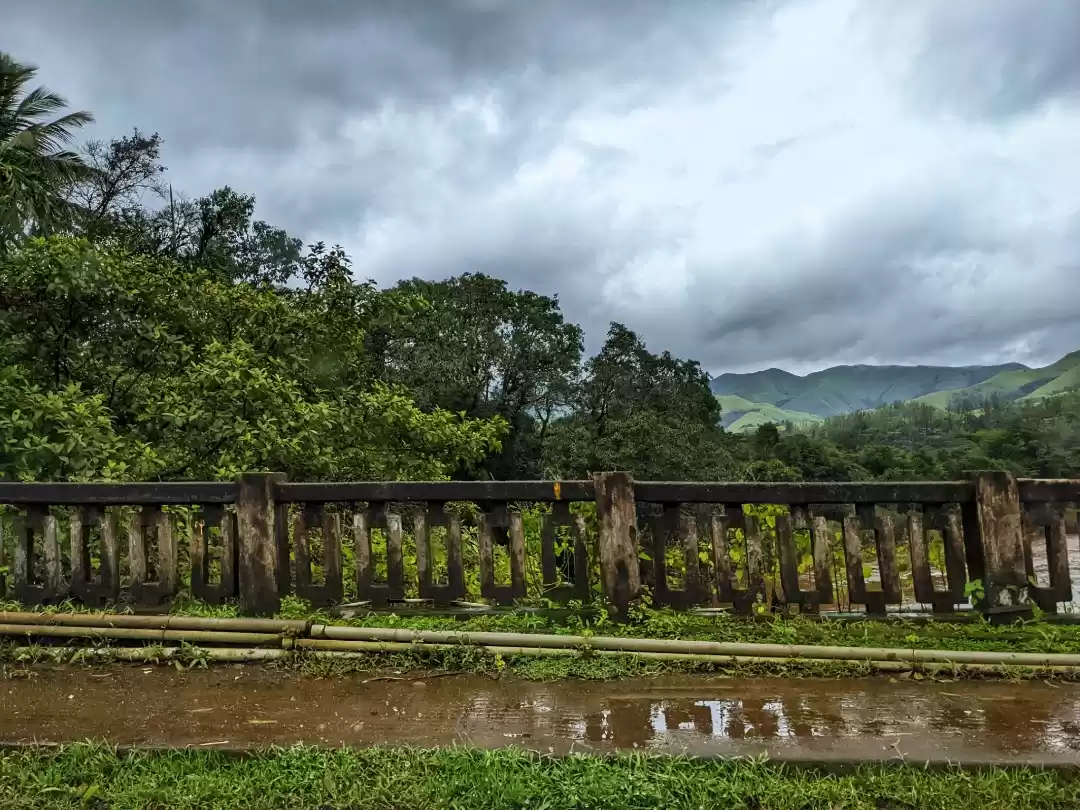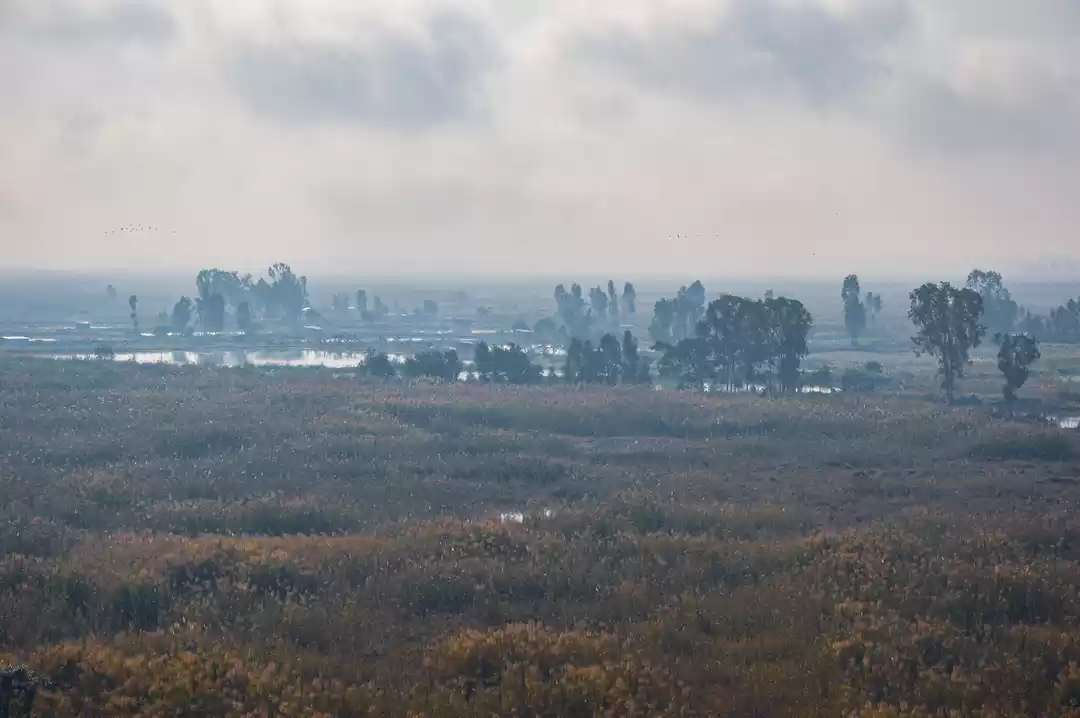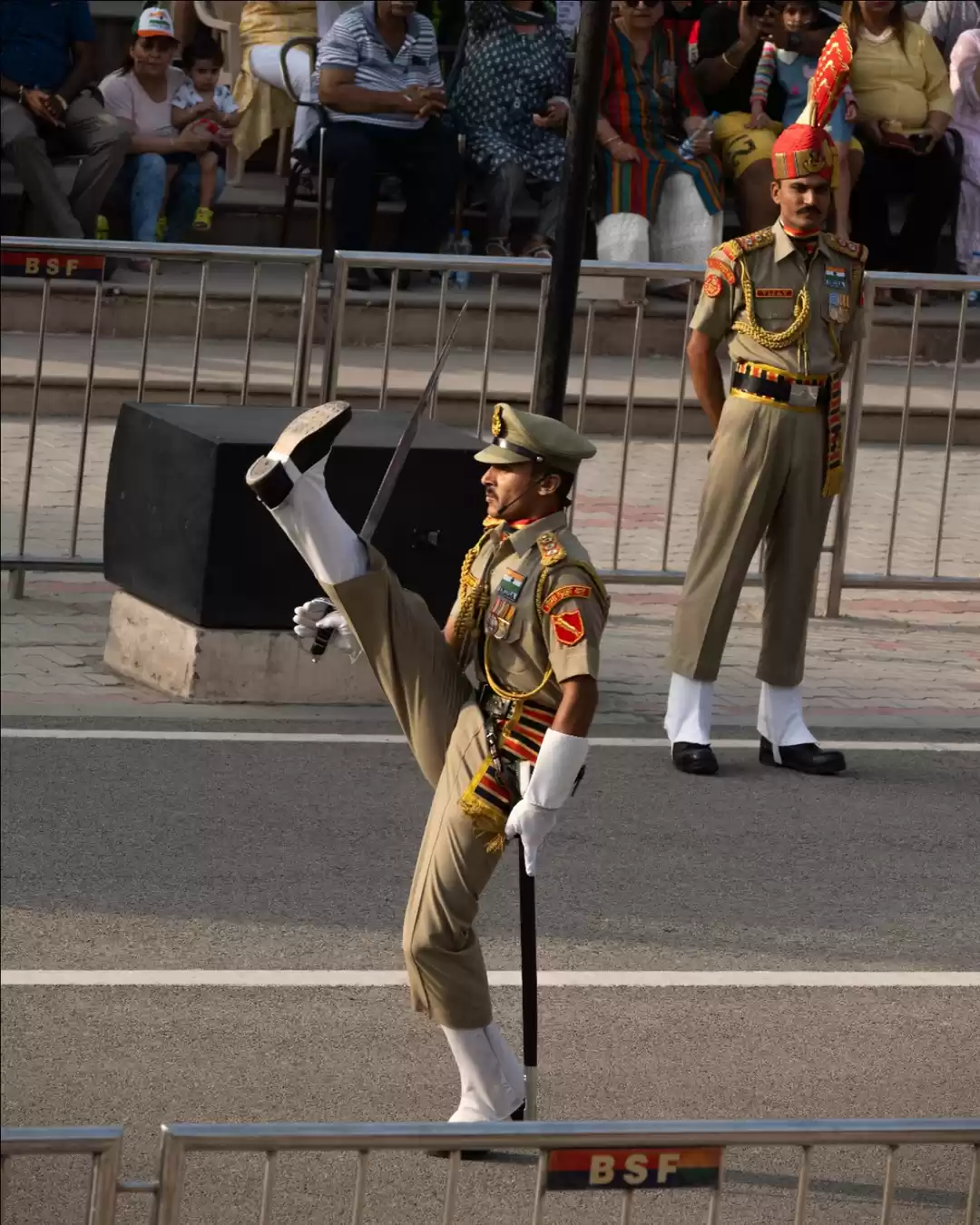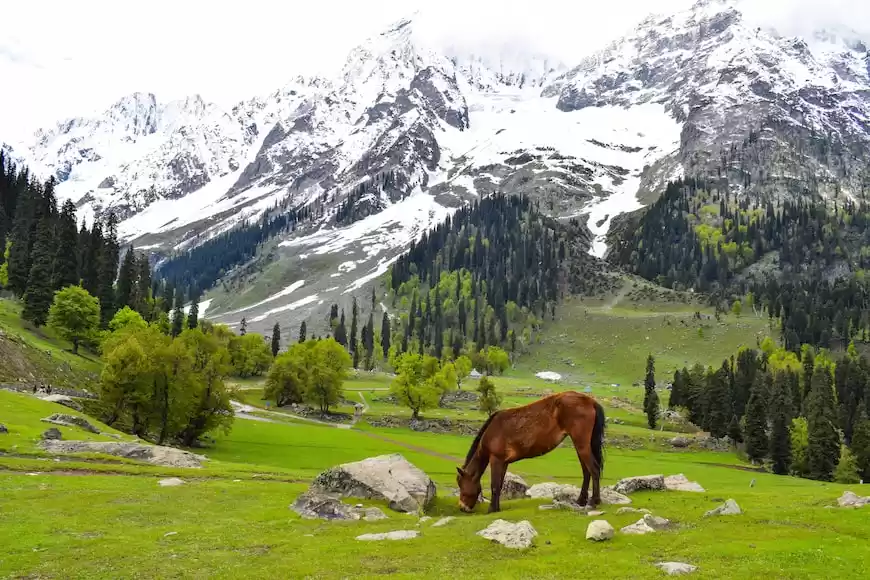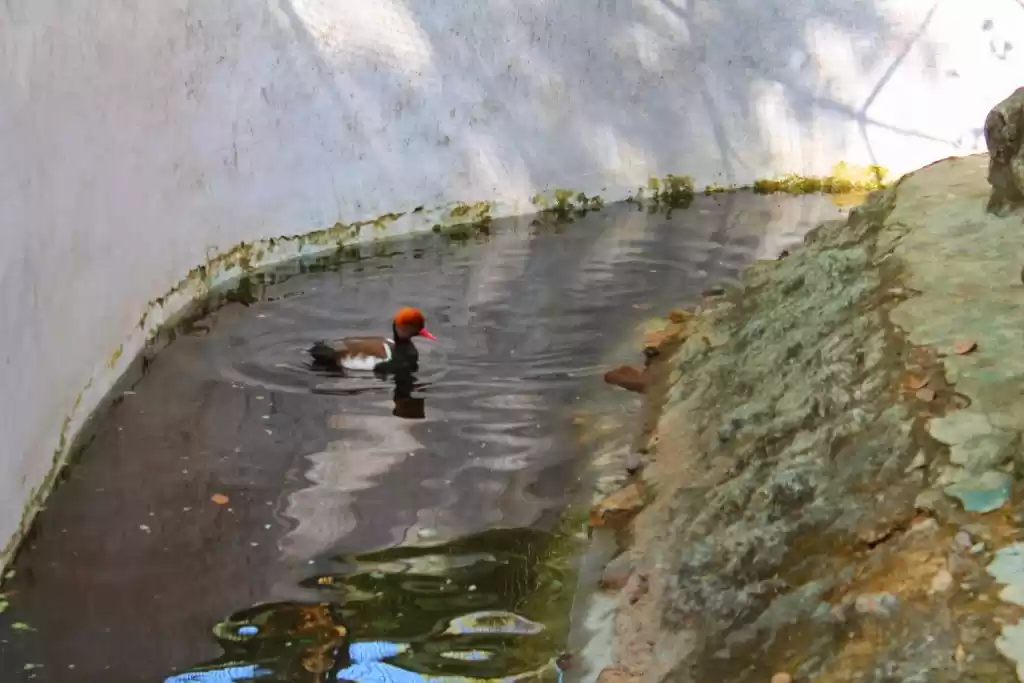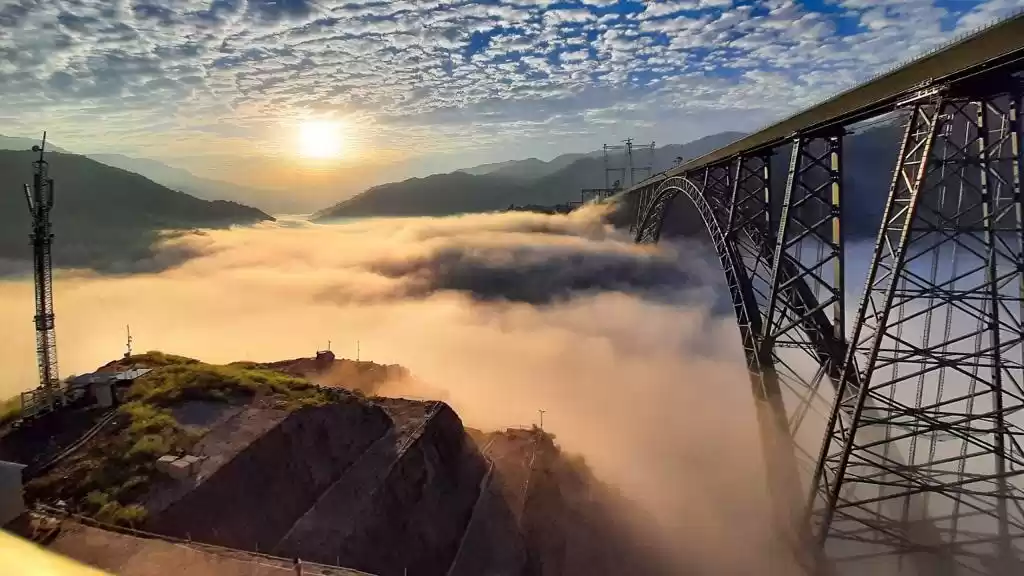Are you looking for a unique and memorable destination in Indonesia? Do you want to witness a marvel of engineering and architecture that spans across the sea? If yes, then you should not miss the opportunity to visit Jembatan Suramadu, the longest and most impressive bridge in Indonesia.
Jembatan Suramadu, also known as the Suramadu National Bridge, is a cable-stayed bridge that connects the islands of Java and Madura. It is the longest bridge in Indonesia and Southeast Asia, with a total length of 5.4 km. It is also one of the most beautiful bridges in the world, especially at night when it is illuminated by colorful lights.
In this article, we will tell you everything you need to know about Jembatan Suramadu, including its history, design, function, and tourism potential. We will also give you some tips and recommendations on how to get there, what to do, where to stay, what to eat, and more. Whether you are a solo traveler, a couple, a family, or a group, you will find something to enjoy and appreciate at Jembatan Suramadu.

History and Construction of the Bridge
The idea of building a bridge between Java and Madura dates back to the 1960s, when the government of Indonesia realized the need to improve the development and mobility of Madura Island, which was lagging behind Java in terms of economy, infrastructure, and population. However, due to various technical, financial, and political challenges, the project was delayed for decades.
Finally, in 2003, the construction of the bridge began, with the cooperation of several Indonesian and foreign companies. The bridge was completed in 2009, after six years of hard work and overcoming many obstacles, such as strong winds, high waves, and earthquakes. The bridge was inaugurated by President Susilo Bambang Yudhoyono on June 10, 2009, and opened to the public on June 16, 2009.
The construction of the bridge cost about 4.5 trillion rupiah (around 320 million USD), and involved more than 4,000 workers and engineers. The bridge consists of three parts: the main bridge, the access bridge on the Java side, and the access bridge on the Madura side. The main bridge has a span of 1,434 meters, and is supported by two towers that are 140 meters high. The access bridge on the Java side is 1,856 meters long, and the access bridge on the Madura side is 2,110 meters long.
Design and Features of the Bridge
The bridge is designed as a cable-stayed bridge, which means that it is held up by cables that are attached to the towers. The bridge has a total of 192 cables, each with a diameter of 15.7 cm. The bridge has a width of 30 meters, and can accommodate six lanes of traffic: three lanes for each direction. The bridge also has a toll system, a lighting system, a monitoring system, and an emergency system.
The bridge is a remarkable example of engineering and architecture, as it combines strength, beauty, and functionality. The bridge can withstand strong winds up to 200 km/h, high waves up to 6 meters, and earthquakes up to 7 on the Richter scale. The bridge also has a stunning aesthetic, as it is shaped like a sailboat, symbolizing the maritime culture of Indonesia. The bridge is also adorned with colorful lights that create a spectacular view at night.
The bridge is not only impressive in itself, but also in comparison with other bridges in the world. The bridge is the longest cable-stayed bridge in Indonesia and Southeast Asia, and the fifth longest in the world. The bridge is also longer than some famous bridges, such as the Golden Gate Bridge in San Francisco, the Akashi Kaikyo Bridge in Japan, and the Millau Viaduct in France.
Function and Impact of the Bridge
The bridge serves as a vital link between Java and Madura, as it facilitates the movement of people, goods, and services between the two islands. The bridge also contributes to the development and prosperity of Madura Island, as it opens up new opportunities for trade, tourism, education, health, and culture. The bridge also reduces the travel time and cost between the two islands, as it eliminates the need to use ferries or boats.
The bridge has a significant impact on the region and the country, as it enhances the economic, social, and environmental aspects of both islands. The bridge generates revenue from the toll fees, which are used to maintain and improve the bridge and its surroundings. The bridge also creates employment for the local people, who work as toll collectors, security guards, maintenance workers, and vendors. The bridge also improves the quality of life and well-being of the people, who can access better facilities and services on both islands. The bridge also reduces the carbon footprint and pollution, as it reduces the use of fossil fuels and emissions from the vehicles and vessels.
The bridge is a source of pride and achievement for Indonesia, as it showcases the country's ability to build and manage a world-class infrastructure project. The bridge also reflects the country's vision and ambition to become a leading and prosperous nation in the region and the world. The bridge also represents the country's unity and diversity, as it connects two islands that have different cultures, languages, and religions.
Tourism Potential of the Bridge
The bridge is not only a functional and beneficial infrastructure, but also a potential and attractive tourist destination. The bridge offers a scenic and memorable experience for the visitors, who can enjoy the panoramic view of the sea, the sky, and the islands from the bridge. The bridge is especially beautiful at night, when it is lit up by colorful lights that create a magical atmosphere.
The bridge is also surrounded by various attractions and destinations that can cater to different tastes and preferences of the visitors. On the Java side, the visitors can explore the city of Surabaya, which is the second largest city in Indonesia and the capital of East Java province. Surabaya is a vibrant and modern city that has a rich history and culture. The visitors can visit the monuments, museums, temples, mosques, and markets that showcase the city's heritage and diversity. The visitors can also enjoy the culinary delights, shopping malls, entertainment centers, and nightlife that offer the city's flavor and fun.
On the Madura side, the visitors can discover the island of Madura, which is a small and charming island that has a unique and distinctive culture. Madura is known for its traditional and colorful batik, which is a type of fabric that is dyed with patterns and motifs. The visitors can buy or make their own batik at the workshops and shops that are available on the island. Madura is also known for its bull racing, which is a traditional and exciting sport that involves racing bulls on a track. The visitors can watch or participate in the bull racing events that are held regularly on the island. Madura is also known for its beautiful and serene beaches, such as Slopeng Beach, Lombang Beach, and Talango Beach. The visitors can relax or enjoy various water activities, such as swimming, surfing, snorkeling, and fishing on the beaches.
The visitors can also find a variety of accommodation options on both sides of the bridge, ranging from budget to luxury. The visitors can choose from hotels, resorts, guesthouses, homestays, and campsites that suit their needs and preferences. Some of the recommended places to stay are:
- Java side: Hotel Majapahit, JW Marriott Hotel Surabaya, Hotel Ciputra World Surabaya, Hotel Santika Premiere Gubeng Surabaya, Hotel 88 Embong Kenongo Surabaya, and Surabaya Backpackers Hostel.
- Madura side: Aston Inn Batu, Hotel Santika Premiere Batu, The Batu Hotel & Villas, Batu Wonderland Water Resort, and Batu Night Spectacular.
The visitors can also find a variety of food options on both sides of the bridge, ranging from local to international. The visitors can taste the delicious and diverse cuisines of Java and Madura, which are influenced by various cultures and regions. Some of the recommended dishes to try are:
- Java side: Soto Ayam, which is a chicken soup with noodles, vegetables, and spices; Rujak Cingur, which is a salad of fruits, vegetables, and cow's nose with peanut sauce; Rawon, which is a beef soup with black nuts and herbs; Lontong Balap, which is a rice cake with bean sprouts, tofu, and soy sauce; and Es Campur, which is a dessert of shaved ice with fruits, jelly, and syrup.
- Madura side: Sate Madura, which is a skewered meat with peanut sauce; Nasi Serpang, which is a rice dish with various toppings, such as fish, chicken, eggs, and vegetables; Soto Madura, which is a beef soup with noodles, vegetables, and spices; Bebek Sinjay, which is a fried duck with rice and sambal; and Es Degan, which is a coconut water with coconut flesh and ice.
Conclusion
Jembatan Suramadu is a must-visit destination for anyone who wants to experience the longest and most impressive bridge in Indonesia. The bridge offers a scenic and memorable view of the sea, the sky, and the islands, especially at night when it is illuminated by colorful lights. The bridge also connects the islands of Java and Madura, which have different and diverse cultures, attractions, and destinations. The bridge also serves as a symbol of Indonesia’s unity, diversity, and progress. Jembatan Suramadu is not only a bridge, but also a bridge to a better future for Indonesia and its people.

